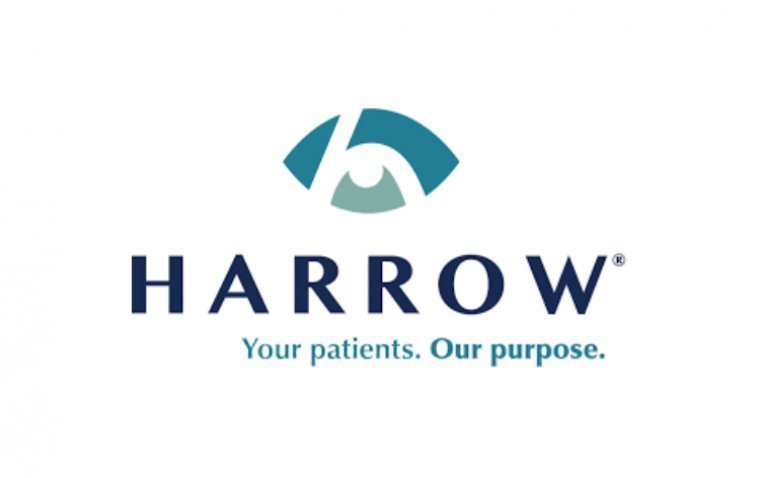Beacon Therapeutics Initiates VISTA Trial with AGTC-501 for X-Linked RP
Beacon Therapeutics announced the treatment of the inaugural patient in its pivotal VISTA clinical trial with its lead asset, AGTC-501 (laruparetigene zovaparvovec), marking a significant advancement in the pursuit of combating X-Linked Retinitis Pigmentosa (XLRP).
Objective of the VISTA Trial
The VISTA trial, a global randomized, controlled, masked, multicenter study, aims to assess the efficacy, safety, and tolerability of two dose levels of AGTC-501 in comparison to an untreated control group for the treatment of XLRP.
This endeavor underscores Beacon Therapeutics' commitment to leveraging accumulated data, including insights from the phase 1/2 HORIZON and phase 2 SKYLINE studies, alongside all available long-term data, to bolster regulatory submissions. These submissions are intended to support a Biologics License Application (BLA) in the United States and a Marketing Authorization Application (MAA) in Europe for the treatment of XLRP patients.
Recognition of AGTC-501's Potential
AGTC-501 has garnered notable recognitions, including the Innovative Medicine Designation (ILAP) in the UK, Priority Medicine (PRIME) status in the EU, and Fast Track designation in the US, underscoring its potential as a therapeutic avenue for XLRP stemming from mutations in the RPGR gene.
Darin Curtiss, PharmD, Global Vice President of Clinical Development at Beacon Therapeutics, articulated the significance of this milestone in advancing AGTC-501's clinical journey. He remarked in a company news release, "This is an important milestone for the continued clinical development of AGTC-501, which offers the potential to transform the prognosis of patients with XLRP by enabling them to see better or maintain their current vision."
XLRP: An Orphan Disease
X-linked retinitis pigmentosa (XLRP) is a rare genetic disorder that affects the retina, the light-sensitive tissue at the back of the eye. It is characterized by progressive degeneration of the retina, leading to vision loss and eventual blindness. The condition primarily affects males, as it is caused by mutations in genes located on the X chromosome.
XLRP affects an estimated 17,000 individuals in the US and EU5. This hereditary retinal ailment, characterized by its severity and progression leading to blindness by middle age, currently lacks viable treatment options.
For those interested in delving further into the VISTA study, additional information can be accessed at the following link: clinicaltrials.gov/study/NCT04850118.
(1).jpg)










